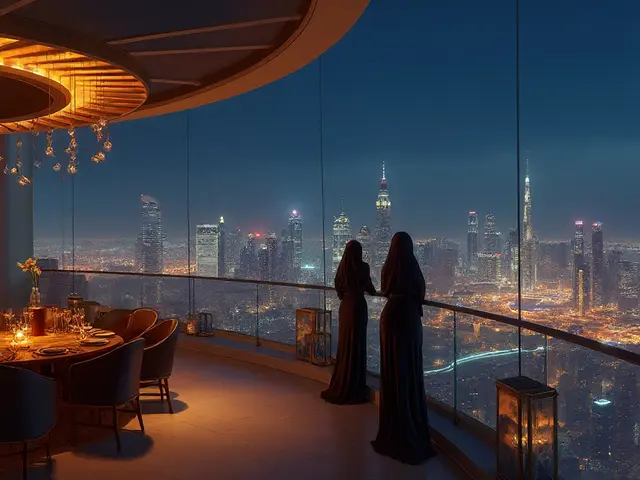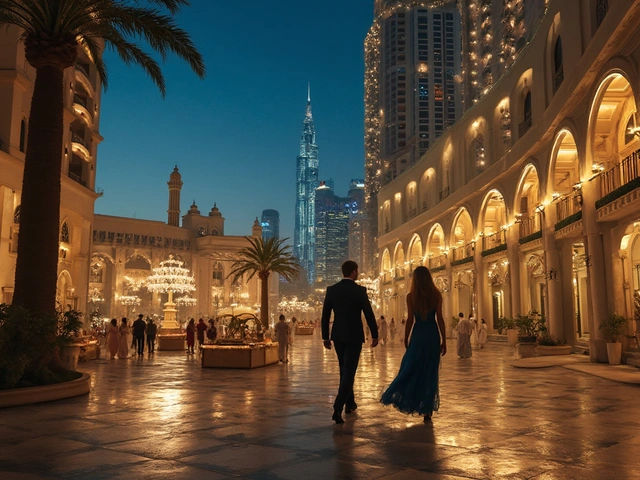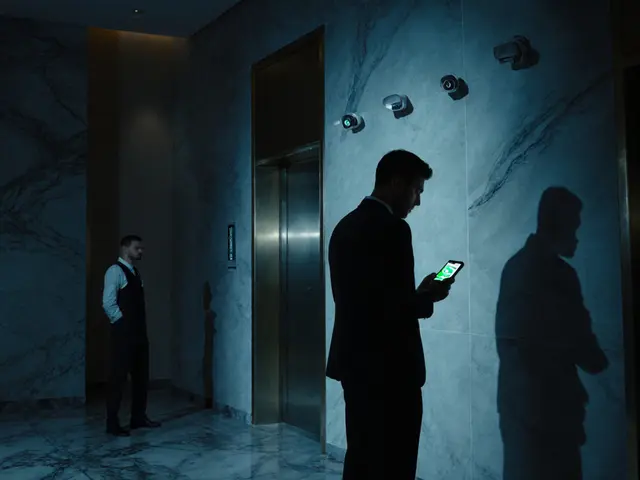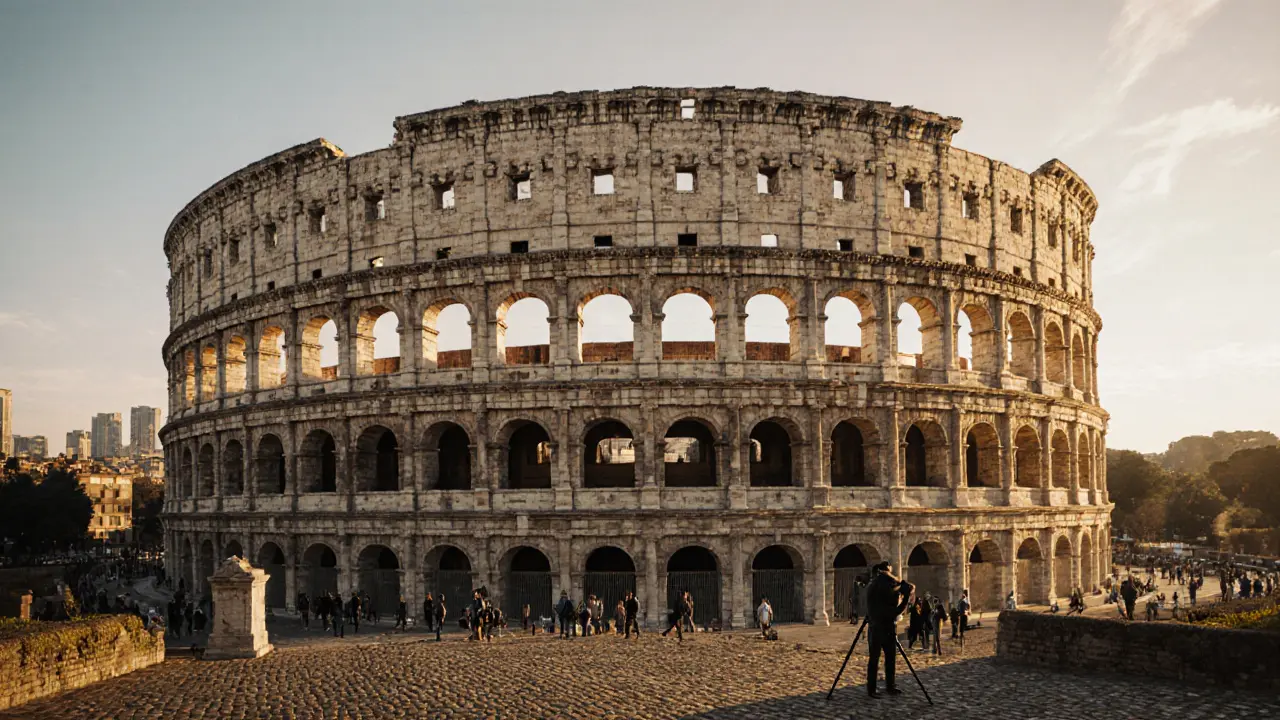
There’s something about walking through a place that’s stood for centuries - the way sunlight hits ancient stone, the quiet echo of footsteps on worn steps, the way a crumbling arch frames a perfect sky. These aren’t just ruins or museums. They’re backdrops that turn your phone into a time machine. And if you’re looking for spots that look like they were made for Instagram - without the filter - you don’t need to go far. The world is full of historical sites that are as visually stunning as they are deeply rooted in history.
Colosseum, Rome
The Colosseum isn’t just an ancient amphitheater. It’s the original viral photo spot. At golden hour, the warm Roman light glows against its weathered arches, casting long shadows that make the structure look alive. Tourists line up at the entrance for the classic wide-angle shot, but the real secret? Walk around to the back. The third tier, where gladiators once waited, offers a framed view of the modern city skyline peeking through the ruins. It’s history meeting now - and it looks unreal.
Photographers know the best time is 45 minutes before sunset. The light hits the travertine stone just right, turning it from gray to honey-gold. No editing needed. Just a tripod, a wide lens, and patience. You’ll see dozens of people taking the same shot - but yours will stand out if you wait for the crowd to clear. Bring a jacket. It gets chilly fast after the sun drops.
Angkor Wat, Cambodia
Angkor Wat doesn’t just look like a movie set - it *is* a movie set. Built in the 12th century as a Hindu temple and later transformed into a Buddhist site, this sprawling complex is a masterpiece of stone, symmetry, and scale. The five lotus-bud towers rise from the jungle like something from a dream. At sunrise, the water mirror in front of the temple reflects the towers perfectly, creating a flawless double image that’s been shared millions of times on Instagram.
But here’s the trick most miss: arrive before the gates open. The first 200 people get the reflection without a single tourist in frame. You’ll see monks in saffron robes walking silently past the causeway. The mist rising off the moat adds a soft haze that makes the whole scene feel sacred. Bring a drone if you can - the aerial shot of the temple surrounded by jungle is one of the most iconic in Southeast Asia.
Machu Picchu, Peru
Machu Picchu is the poster child for ‘ancient wonder meets natural beauty.’ Perched 7,970 feet above sea level, this Incan citadel clings to a mountain ridge like it was grown there. The terraces, temples, and stone houses blend into the Andes so perfectly, it’s hard to tell where nature ends and human craftsmanship begins.
The most photographed spot? The classic viewpoint from the guardhouse. But that’s crowded by 7 a.m. Instead, hike up to the Sun Gate (Inti Punku) at sunrise. You’ll get the same iconic view - but without the selfie sticks. The clouds rolling over the peaks make it look like the city is floating. And if you’re lucky, you’ll catch the mist parting just as the sun hits the Temple of the Sun. That moment? Pure magic. No filter. Just altitude, awe, and a camera with a good battery.
Alhambra, Granada, Spain
Alhambra is a palace, a fortress, and a garden - all wrapped in intricate tilework that looks like lace carved in stone. The Nasrid Palaces are where the magic happens. The Hall of the Ambassadors, with its honeycomb ceiling and arabesque walls, is a visual symphony. Every surface tells a story - through geometry, calligraphy, and water.
The best photo? The Court of the Lions. Twelve marble lions hold up a fountain in the center, surrounded by arches that reflect in the still water. Shoot early morning, when the light comes in from the east and hits the tiles just right. The colors - cobalt blue, emerald green, gold leaf - pop without any editing. And don’t forget the Generalife gardens. The water channels, cypress trees, and flowerbeds create a living mosaic that’s perfect for slow-motion reels.
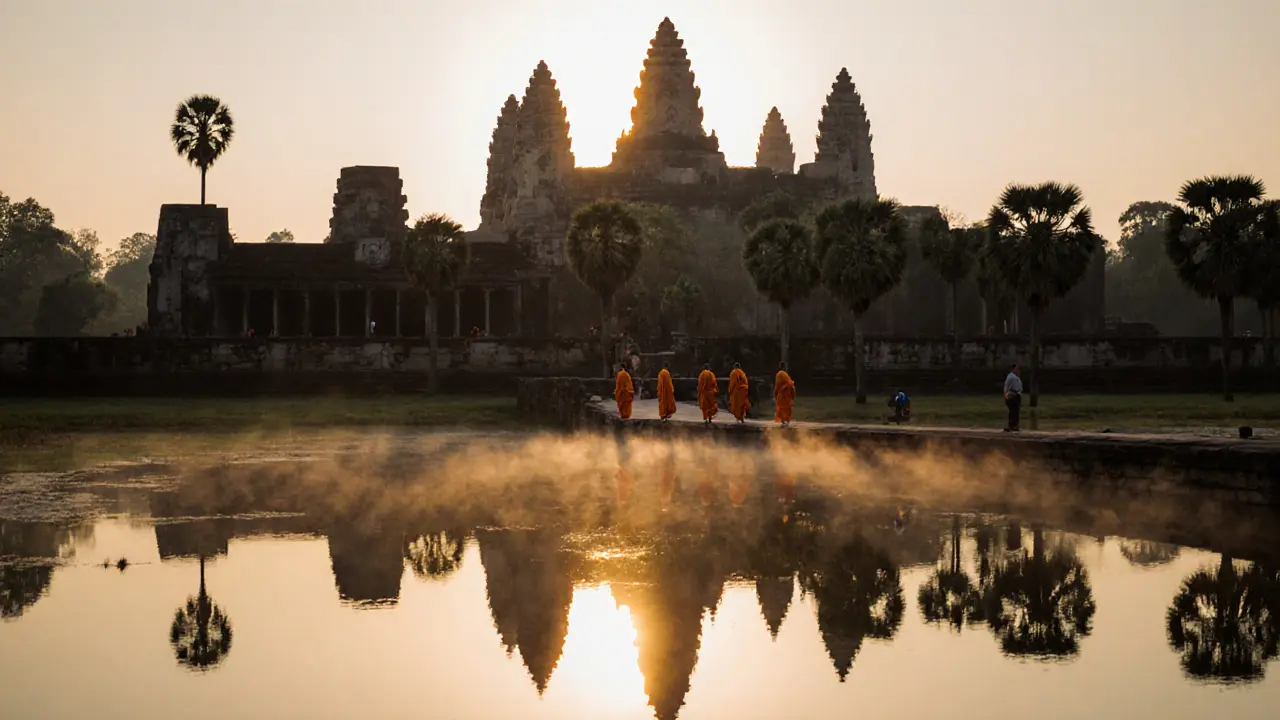
Petra, Jordan
Petra isn’t just carved into rock - it’s carved into legend. The Treasury (Al-Khazneh) is the most famous face of this ancient Nabatean city, but the real power comes from the walk to get there. The Siq, a narrow canyon that twists for over a kilometer, builds suspense. Then - boom - the Treasury appears, glowing pink in the desert sun.
The classic shot is from the end of the Siq, looking straight at the facade. But here’s what most don’t do: climb to the high trail above it. From there, you get a side view with the canyon behind. The light changes every hour. Midday turns the stone to a fiery orange. Late afternoon? It glows like molten rose quartz. Bring water. It’s hot. And wear good shoes - the path is uneven, dusty, and steep.
Chichen Itza, Mexico
Chichen Itza’s El Castillo pyramid is more than just a Mayan temple. It’s an ancient calendar made of stone. During the spring and autumn equinoxes, the shadow of a serpent slithers down the steps - a phenomenon the Maya designed centuries ago. But even on a regular day, the pyramid’s symmetry and scale are jaw-dropping.
The best time to shoot? Early morning or late afternoon. The light hits the north side just right, making the nine terraces look like stacked layers of gold. The ball court, with its towering stone rings, is another favorite. The shadows cast by the rings at sunset look like giant hoops floating in midair. And if you’re there during the equinox, you’ll see hundreds of people gathered in silence, watching the shadow move. It’s history you can see, not just read about.
Neuschwanstein Castle, Germany
Neuschwanstein looks like it was pulled straight from a Disney movie - because it inspired one. Built in the 1800s by King Ludwig II as a personal fantasy, this fairy-tale castle perches on a hill above the Bavarian Alps. White towers, arched bridges, and lush green hills make it look like a storybook come to life.
The classic photo spot is the Marienbrücke bridge, which gives you the full view with the mountains behind. But the real gem? Walk down the path to the Hohenschwangau village. From there, you get a lower angle with the castle framed by trees. The reflection in the lake below is crisp enough to use as a wallpaper. And don’t skip the interior. The Throne Room, with its gold leaf and blue silk, is a visual overload - in the best way.
Why These Places Work for Instagram
These sites aren’t just old. They’re layered. They have texture, scale, light, and story. A simple flat photo of the Colosseum is nice. But a photo that shows the ruins against a modern city skyline? That tells a deeper story. It’s not about how many likes you get. It’s about capturing the feeling of standing where someone stood 2,000 years ago.
Photography here isn’t about gear. It’s about timing. It’s about walking away from the crowd. It’s about waiting for the light to change. The best Instagram shots from these places aren’t taken with the most expensive camera - they’re taken by someone who stayed a little longer, climbed a little higher, and looked a little closer.

What to Pack
- A lightweight tripod - for sunrise/sunset shots without camera shake
- Extra batteries - cold and altitude drain them fast
- Comfortable walking shoes - you’ll be on stone, sand, and stairs for hours
- A portable power bank - your phone will be your map, camera, and guide
- A small rain cover - weather changes fast in mountain and desert sites
- A notebook - write down the time and location of each shot. You’ll forget later.
When to Go
These sites are crowded. That’s not a secret. But timing can make all the difference.
- Spring (March-May): Mild weather, fewer crowds, blooming gardens - best for Petra, Alhambra, and Angkor Wat.
- Early Fall (September-October): Cooler temps, golden light - perfect for Rome, Machu Picchu, and Neuschwanstein.
- Winter (November-February): Fewest people, but cold. Great for Chichen Itza and the Colosseum if you don’t mind the chill.
Avoid July and August. It’s hot, packed, and the light is harsh. You’ll be sweaty, tired, and your photos will look washed out.
Respect the Site
These places aren’t backdrops. They’re sacred, protected, and irreplaceable. Don’t climb on walls. Don’t leave trash. Don’t block the view for others. Some sites, like Angkor Wat and Petra, have strict rules about drones and tripods. Check ahead. You don’t want to get fined or banned.
The best photos come from respect - not recklessness.
What Comes Next
If you’ve checked off these spots, you’re not just a tourist. You’re a storyteller. Next up? The ancient city of Palmyra in Syria (when safe), the stone circles of Göbekli Tepe in Turkey, or the cliffside monasteries of Meteora in Greece. Each one tells a different chapter of human history - and each one waits for your lens.
Which historical site is the easiest to photograph for beginners?
Neuschwanstein Castle is the most beginner-friendly. The Marienbrücke bridge offers a clear, unobstructed view with plenty of space to set up. The lighting is forgiving, and the background is always dramatic. You don’t need to hike far or wake up at 4 a.m. to get a great shot.
Do I need a drone to get good photos at these sites?
No. Most of the best shots are taken from ground level. In fact, drones are banned at many sites like Machu Picchu, Angkor Wat, and the Colosseum. A good wide-angle lens and patience with timing matter more than aerial views. Use your feet - climb stairs, walk around corners, find hidden angles.
What’s the best time of day for photos at these sites?
Golden hour - the hour after sunrise and the hour before sunset - is the magic window. The light is soft, warm, and long, which brings out texture in stone and reduces harsh shadows. Avoid midday. The sun is too high, and everything looks flat and washed out.
Can I visit these sites without a tour guide?
Yes. Most sites allow self-guided visits. But guides add context - knowing why the Colosseum’s arches are arranged a certain way, or how the Mayans aligned Chichen Itza with the stars, makes the photos more meaningful. If you’re not using a guide, download a free audio tour app beforehand. It’s the next best thing.
Are these sites safe for solo travelers?
Generally, yes. Rome, Granada, and Neuschwanstein are very safe for solo visitors. Petra and Angkor Wat require more caution - stick to well-traveled paths, avoid walking alone after dark, and keep valuables hidden. Always check your government’s travel advisories before going.
